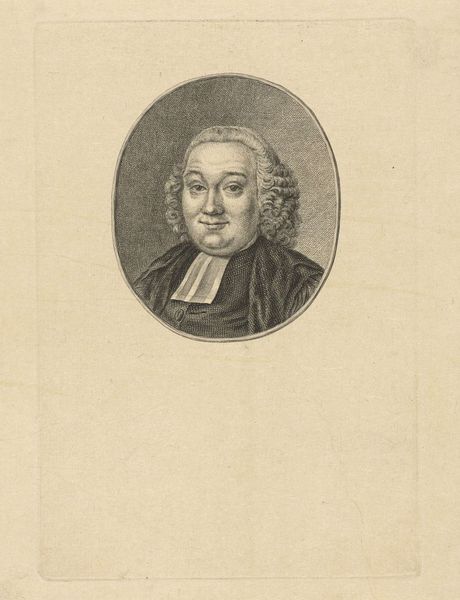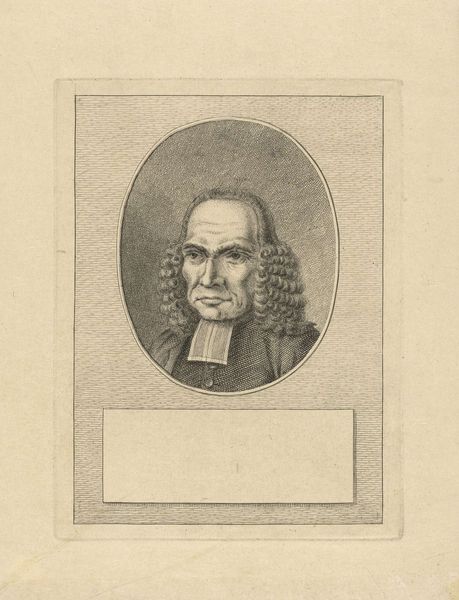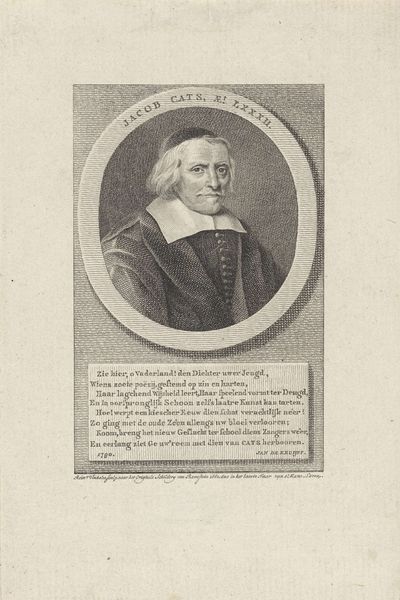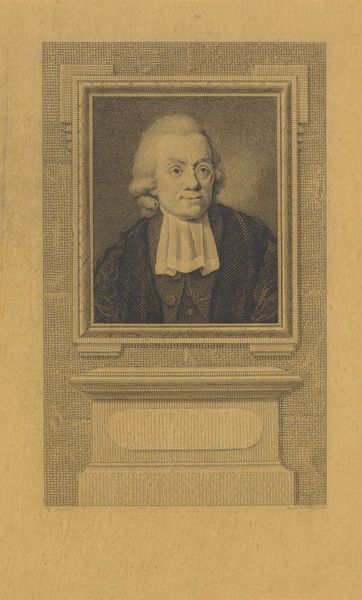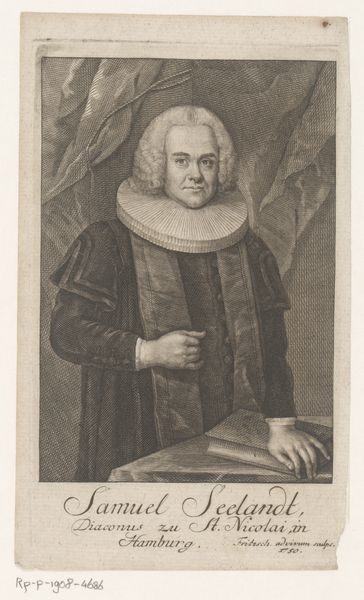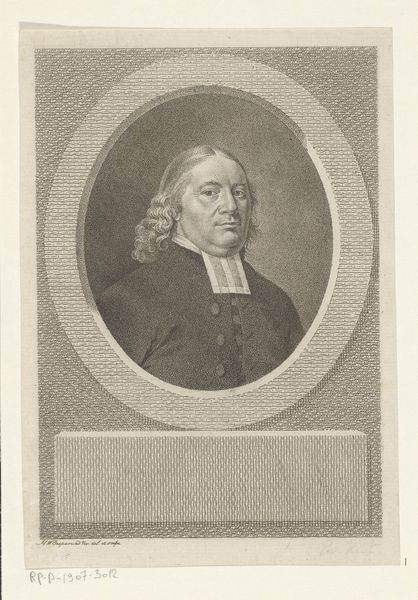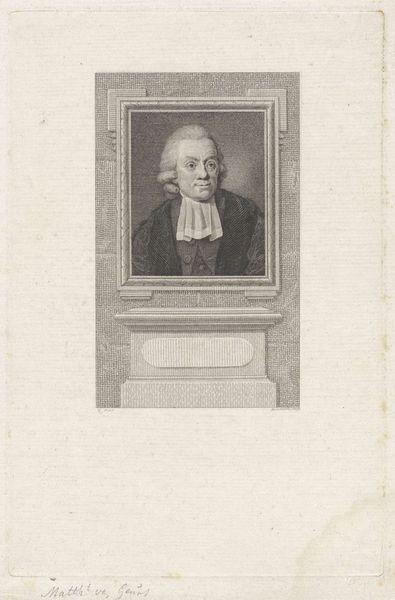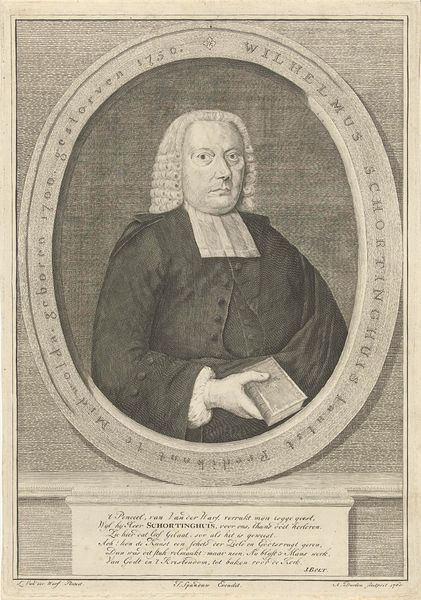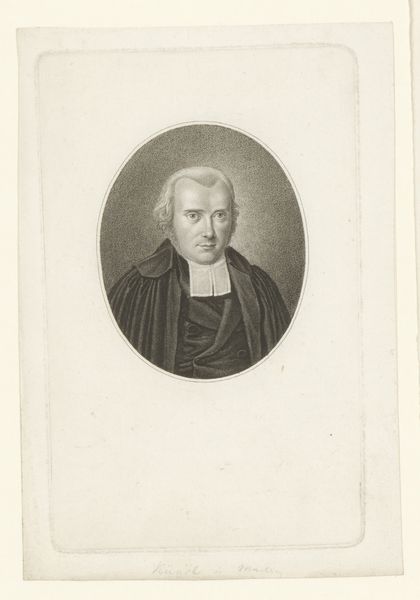
engraving
#
portrait
#
neoclacissism
#
old engraving style
#
engraving
Dimensions: height 187 mm, width 122 mm
Copyright: Rijks Museum: Open Domain
Pieter de Mare made this portrait of Bernard de Moor in the late 18th century through a method known as engraving. Engraving involves cutting lines into a metal plate, applying ink so it fills the incisions, and then pressing paper against the plate. The pressure transfers the ink, creating a print. The fineness of the lines and the precision of the cuts demonstrate the engraver's skill. This was before photography, so such prints were an important way of disseminating images. Engraving was part of a broader system of production, with specialized workshops and a division of labor. The prints were commodities, produced for a growing market of collectors and consumers. While de Mare's print might not have been seen as "high art" at the time, it reflects important social and economic conditions and the skilled labor of its maker.
Comments
No comments
Be the first to comment and join the conversation on the ultimate creative platform.
